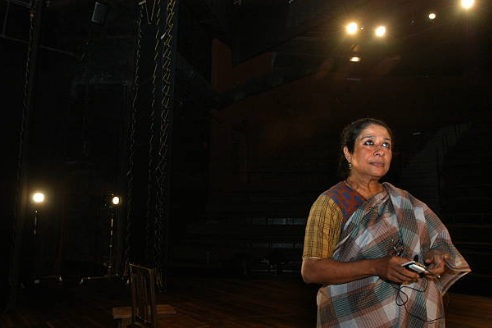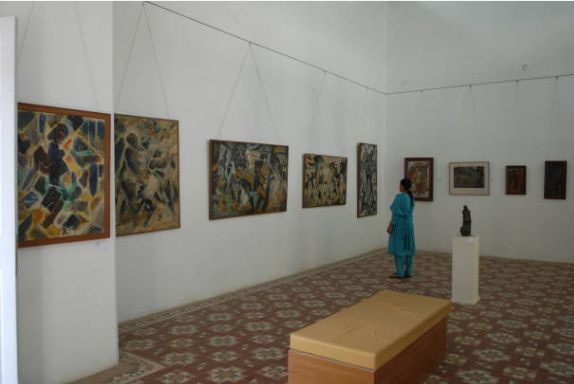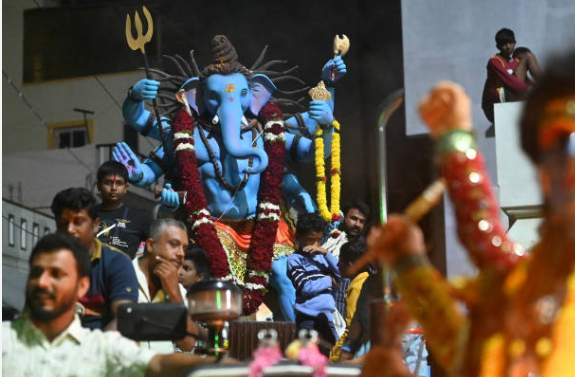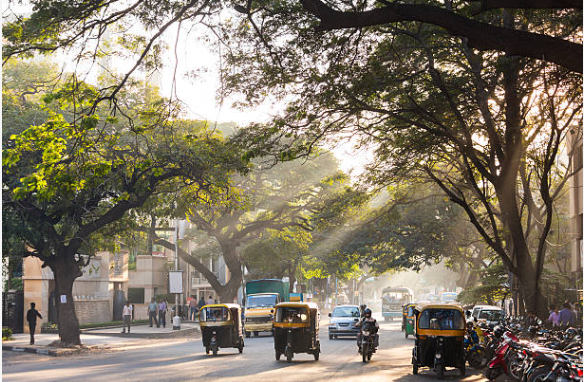BANGALORE THE SILICON CITY OF INDIA
BANGALORE- THE SILICON CITY OF INDIA
Bangalore, officially known as Bengaluru, is the capital city of Karnataka and one of the leading cities in India. Sited in the southern part of the country, Bangalore is popular for its energetic culture, technological advancements, and a great historical importance. Over the decades, it has transformed from a quiet, garden city into the vibrant Silicon Valley of India, attracting people from across the globe. This essay explores Bangalore’s history, its rise as a technological hub, culture, environmental challenges, and its role in shaping modern India.
BANGALORE
HISTORICAL OVERVIEW
The history of Bangalore dates back to 1537 when a feudal lord, Kempegowda I, founded the city. Bangalore developed as a strategic center under his leadership, and its layout included a fort, market areas, and water reservoirs. Later, it was part of the Kingdom of Mysore, and during such rulers as Hyder Ali and Tipu Sultan, the region was fortified and its infrastructure was advanced.
Bangalore became a big administrative and military base after the arrival of the British in the 18th century. Even to this day, the city's architecture bears the British stamp, as landmarks like Cubbon Park and Bangalore Palace show. After the independence, Bangalore became the capital of Karnataka and established itself as the hub of education, industry, and culture.
VIDHANA SOUDHA
CUBBON PARK
RISE AS A TECHNOLOGICAL HUB
IT Revolution
Bangalore evolved as India's IT capital in the 1980s when companies like Infosys and Wipro placed their headquarters there. The encouragement of the government, availability of a skilled manpower base, and especially the warmth of the city's climate helped attract many MNCs. Further, in the 1990s, the development of Electronics City and the construction of IT parks such as Whitefield prevented Bangalore from remaining merely a global technology hub.
Bangalore is the headquarters of most of the major IT companies today, including Infosys, Tata Consultancy Services (TCS), and global players like Google, Microsoft, and IBM. The city is not just symbolic, with its "Silicon Valley of India" status; it significantly contributes to India's GDP, considering the software exports and technological innovations generated by the city.
START-UP ECOSYSTEM
Bangalore is popularly regarded as the "Start-up Capital of India." In fact, supported by incubators, venture capital, and government initiatives, this city has given birth to unicorns such as Flipkart, Swiggy, and Ola. Co-working spaces, hackathons, and networking events characterize this city, promoting collaboration and innovation.
ZOMATO INDIA
CULTURE AND SOCIETY
The culture at Bangalore is a harmonious blend of tradition and modernity. It has communities like Kannadigas, Tamilians, Telugus, and people from other parts of India, thereby being a melting pot for language, cuisine, and customs.
ART AND LITERATURE
Many institutions like Ranga Shankara and the National Gallery of Modern Art support theater and visual arts in the city. Kannada literature had great authors like Kuvempu and U. R. Ananthamurthy who have left a mark in history.
RANGA SHANKARA NATIONAL GALLERY OF MODERN ART
KUVEMPU
MUSIC AND ENTERTAINMENT
Bangalore is the India rock capital, claiming numerous iconic music festivals and concerts. Pub culture within the city, with accompanying live music performances, reflects its young taste. Kannada cinema was headquartered in Bangalore. The cinema continues to produce films that resonate locally and nationally.
FESTIVALS AND TRADITIONS
Despite its modern outlook, Bangalore still enjoys festivals like Ugadi, Karaga, and Ganesh Chaturthi. The city's traditional markets, such as KR Market, come alive during festivals that give an impression of its cultural roots.
GANESH CHATURTHI
KARAGA
EDUCATION AND RESEARCH
Bangalore is an educational hub, home to prestigious institutions like the Indian Institute of Science (IISc), Indian Institute of Management Bangalore (IIMB), and National Law School of India University (NLSIU). These institutions attract students and researchers globally, making the city a center for academic excellence.
The presence of research organizations like the Indian Space Research Organisation (ISRO) has further enhanced Bangalore’s reputation. ISRO’s Chandrayaan and Mangalyaan missions are a testament to the city’s scientific contributions.
INDIAN INSTITUTE OF SCIENCE
CONCLUSION
Bangalore is indeed a city that stands as a testament to Indian growth and resilience. From small beginnings as a historical settlement, it has grown into the Silicon Valley of India. Symbolizing tradition and modernity, it has flourished through its rigorous technology sectors, glorious cultural shows, and academic institutions. That has put this city on the world map, where innovation and opportunities have been found.
Rapid urbanization in Bangalore, however has brought concerns including traffic congestion and a resource management problem. This fact, coupled with environmental degradation, requires sustainable development and inclusive planning to preserve the charm of the city in an endeavour to achieve balanced growth.
Despite its travails, Bangalore remains inspiring as a city of dreams. Unleashing opportunities and fuelling the creative juices for millions, rich heritage and an outgoing culture and forward-thinking spirit, Bangalore is not just a city but a symbol of aspirations for a better India. It has all the potential to be a beacon of progress if the balance between innovation and sustainability is maintained.
COMMERCIAL STREET
BANGALORE TRAFFIC
BANGALORE NIGHTS























Comments
Post a Comment